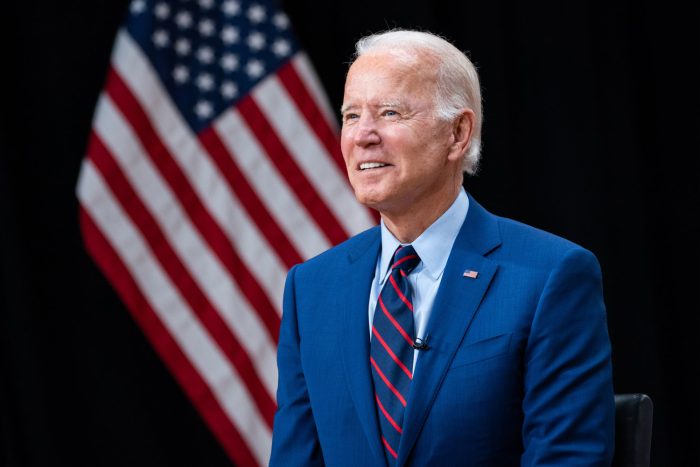
President Joe Biden shocked the political world by announcing he was ending his 2024 campaign after several weeks of turmoil. Biden’s campaign was kneecapped by donors wary of his chances after his disastrous first debate with felon and rapist Donald Trump.
There are very few people in America that could reach the very pinnacle of political power in this country but then walk away from it voluntarily for the good of the nation. By doing so, Joe Biden has cemented his legacy of faithful service to his country. Despite my political disagreements with him over the years, President Biden has always been a man who embodied the concept of servant leadership. He is a man of deep and abiding personal faith, and a man who carries that faith forward in his actions. He has suffered greatly from horrible personal tragedies, but has turned that unimaginable pain into a record of putting others first.
History will recall the Biden presidency as one of, if not the, most effective single terms in American history. Biden led the country out of the post-COVID crisis, prevented economic disaster, and helped to rebuild American alliances. His foreign policy started with a disaster in Afghanistan but will end with an American committed to freedom and democracy in Ukraine and across the world. Biden has been so effective that just about every Republican in Congress has been crowing about the projects that they voted against and would have only happened because of President Biden.
The President has endorsed VP Harris as the Democratic nominee, and the Democratic establishment is rapidly coalescing behind her candidacy. The way in which President Biden was treated by his own party was reprehensible and an example of the Democrats’ frequent love of circular firing squads that end up hurting their own. But ultimately President Biden decided that the interests of the country were best served by him stepping aside. He certainly could have continued his campaign and likely won—Trump is a simply awful candidate whose schtick his grown stale as his extremism has become blatant. But by yielding to the future President Biden gives the Democrats an excellent contrast: a young, dynamic, and effective former prosecutor against an adjudicated rapist and convicted felon that could not stay awake through his own convention or criminal trial.
The other side talks about “America first,” but President Biden has demonstrated the true meaning of the term. Sometimes giving up power is the best way of building a legacy, as our very first President did. Joe Biden will be remembered as a patriotic transitional figure who helped guide this country through one of its greatest political and moral disasters. More politicians should learn from his example of grace, humility, honor, patriotism, and service.